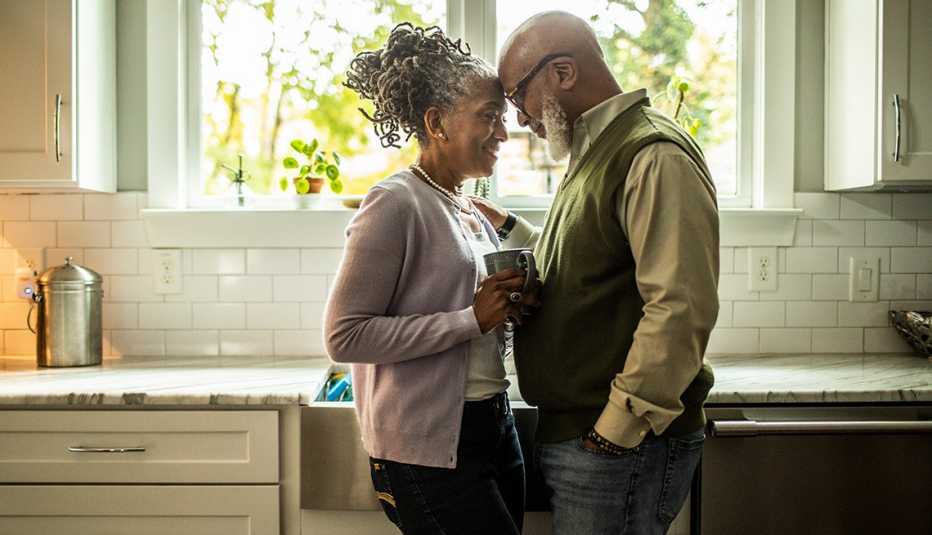AARP Hearing Center


Most older adults believe sex is an essential part of a healthy relationship, and more than half say their sex lives are as satisfying – or even better—than a decade ago.
In a new AARP Research survey released Sept. 29, people over 40 got frank about what goes on in their lives – or doesn’t – when it comes to intimacy and sex.
Read the Full Report
For more detailed information on sex, relationships and intimacy among older adults, access the survey results for "Ageless Desire: Relationships and Sex in Middle Age and Beyond" here.
The survey “Ageless Desire: Relationships and Sex in Middle Age and Beyond” polled 2,500 people 40 and older about how perceptions, behaviors, attitudes and preferences about sexual experiences have changed over time. Three-quarters of survey respondents were over 50.
Among the findings:
- 72 percent of men and 63 percent of women have a current regular sexual partner.
- Less than half of those surveyed —46 percent—said they were satisfied with their current sex life.
- Four out of 5 people said their relationships were physically pleasurable and emotionally satisfying.
- Having sex with a stranger is the most common sexual fantasy for both men and women.
The report also found that over the past 20 years, the frequency of sex in this age group declined, but other types of sexual activity – like masturbation and oral sex – increased.
“Sex doesn’t get any less important as we age,” says Patty David, AARP vice president of consumer insights. “It continues to be a vital part of a good relationship, which shows that intimacy and physical connection are important to all ages.”
Find out more about sexuality among older adults:
1. How often do people in middle age and older have sex?
Older adults still have plenty of sex. Thirty percent told AARP researchers that they have sex weekly, 27 percent said monthly or less, and 40 percent reported having no sex in the last six months. One in 6 adults over 70 reported having sex weekly.
When it comes to oral sex, the frequency is a bit less: 18 percent said they have oral sex weekly, 25 percent said monthly, and 54 percent said none in the past six months.
But not everyone thinks they’re having enough sex: 46 percent said they were having the right amount, and 45 percent said they weren’t having enough. Men were more likely than women to say they’re not having enough sex, and women were more likely to say they were having just the right amount.
Certified sex therapist and psychologist Stephanie Buehler says there are lots of ways to be sexual as an older adult and recommends people expand ideas about what it means to show affection in the bedroom.
“It’s about acceptance and adaptation,” says Buehler, author of Enliven Your Sex Life! “Stop worrying about what you can no longer do and explore to find out how you can still experience sexual pleasure at any age.”






































































More From AARP
What Sex Is Really Like in Your 50s, 60s and 70s
How to address the challenges to intimacy that arise over the decades
10 Ways to Make Your Bedroom More Romantic
A sex therapist shares secrets for creating a sensual sanctuary
5 Ways to Improve Your Marriage Without Talking About It
Use actions instead of words to boost connection